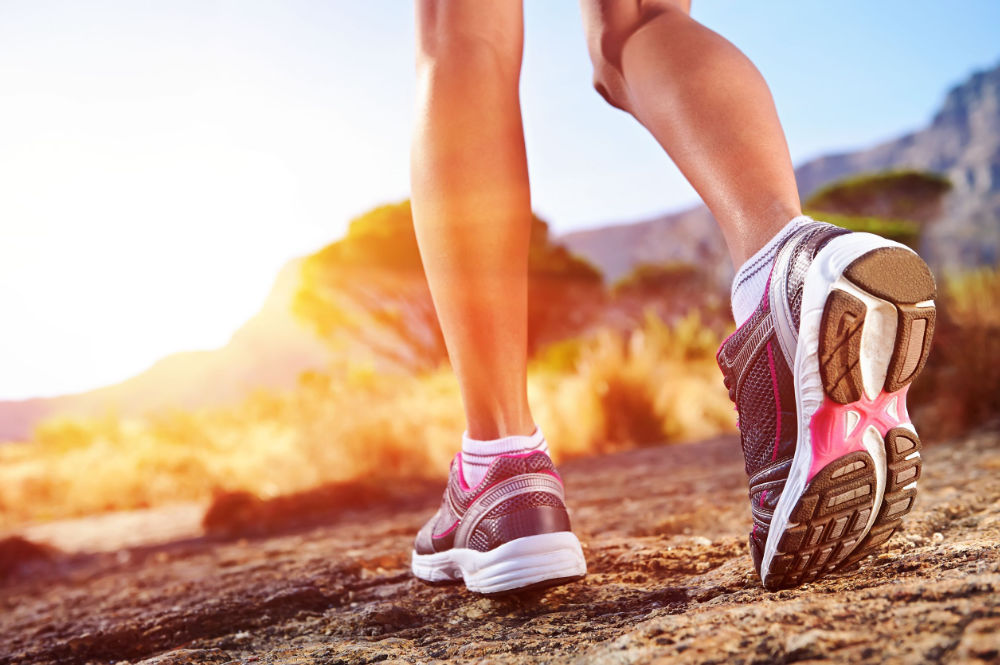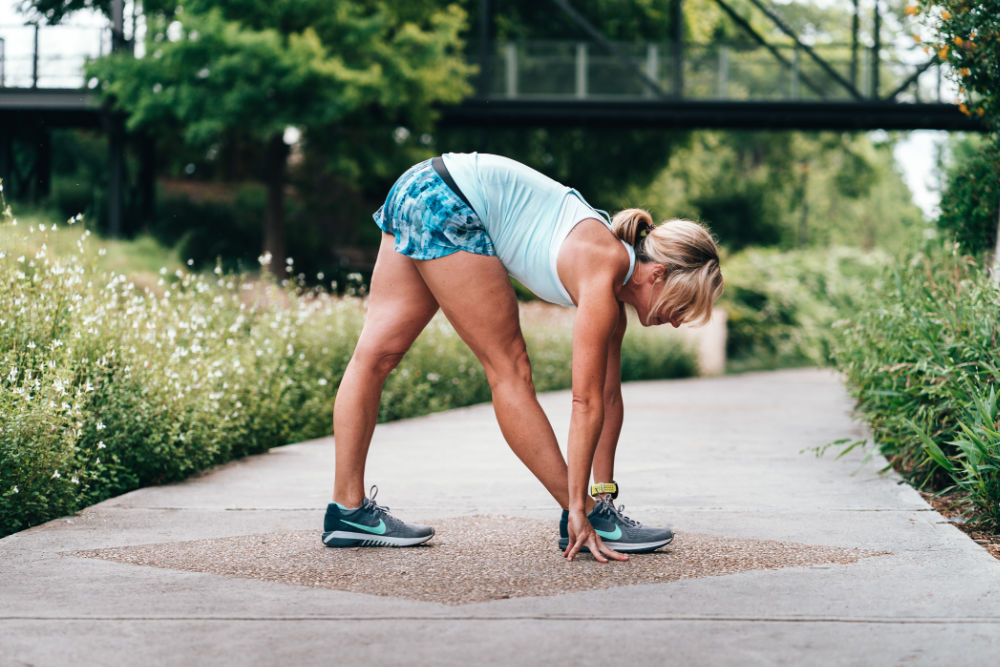With many races that will begin again as our restrictions during COVID-19 are slowly lifted, here are some ways to prepare for running or racing while preventing injuries.
Dynamic Warm Up
Dynamic warm-ups are vital for preventing injuries as they help to get your body prepared to exercise. Dynamic warm-ups even help boost performance. There is a reason why all professional, collegiate, and high school athletes use a dynamic warm-up before they practice or play. Read Dynamic Warm-Up for Runners for an example of what a quality warm-up includes so that you don’t get injured this summer!
Proper footwear
Proper footwear is also very important in preventing injury during running. Every individual has a different body and foot structure and some need more supportive shoes than others. Here at Valley Physical Therapy, we can do running analysis as well as help to determine what kind of shoes would be best for you. A couple of examples of shoes that work well for runners who need extra arch support are the Brooks Adrenaline’s and Nike Pegasus. For those that need less arch support, the Brooks Ghosts are a comfortable option that has worked well for many runners. We have found that overall these shoe options work well for most runners, although a running gait analysis would help us to determine how much support each individual will need, and guide us in finding your proper shoe fit.

10% Rule
To avoid injury this is a very important rule that needs to be followed to avoid unnecessary overuse injuries such as muscle strains, patella femoral pain, stress fractures and more. The rule is to increase mileage weekly by NO MORE than 10%. This means that if last week you ran 10 miles, the next week you should run no more than 11 miles. This allows your body to adjust to the stresses that you are putting on it without breaking it down, while building your stamina and endurance.
Stretching/Cool Down Post Run
Static stretching is important in many ways AFTER workouts. It can help improve muscle imbalances, extensibility of muscles as well as decrease risk of injury.1,2 According to American College of Sports Medicine it is important to stretch all major muscle groups for at least 30 seconds to see benefits and begin to increase muscle length. For the lower extremities this should include calf muscles, hamstrings, quads, hip flexors as well as external rotators of the hips.

Active Recovery
This is a very important concept to prevent injury and is something that the top athletes in the world do to prevent injury. Active recovery means taking breaks from running to do some form of cross training such as biking, using the elliptical, or swimming. This will allow your body to recover and heal and prevent overuse injuries from the constant pounding that it takes during running. Active recovery allows you to continue to train, get stronger, and avoid injury so you can keep running! Try to incorporate at least one day a week of active recovery to give your body a break.
I hope some of these ideas and concepts will help you to stay healthy as you begin to train, and run injury free all summer!
References
1. Clark, M., & Lucett, S. (2010). NASM essentials of sports performance training. Philadelphia: Wolters Kluwer Health/Lippincott Williams & Wilkins.
2. Clark, M., Lucett, S., & Sutton, B. G. (2014). NASM essentials of corrective exercise training. Burlington, MA: Jones & Bartlett Learning

